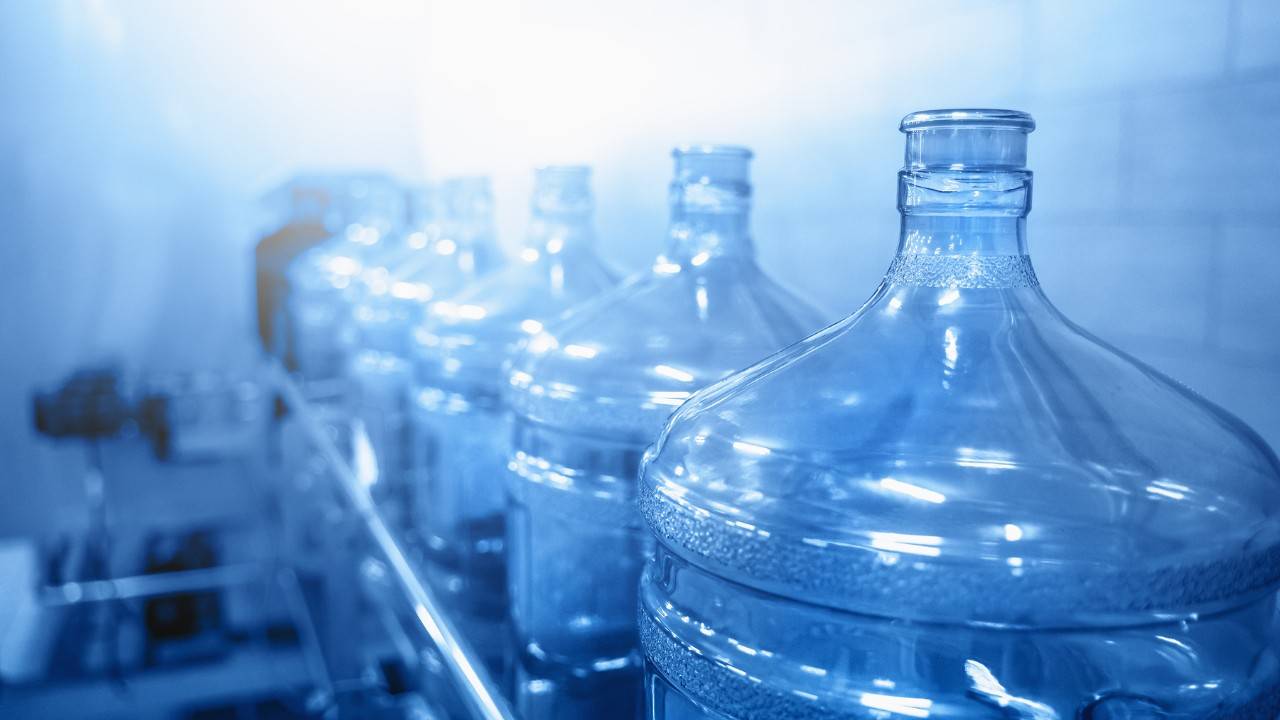In a groundbreaking environmental initiative, California regulators have approved new rules that pave the way for converting sewage waste into drinking water. This move marks a significant shift in water management strategies as the state grapples with intensifying droughts driven by climate change.
The State Water Resources Control Board’s decision on Tuesday allows for the widespread adoption of sophisticated filtration and treatment technologies. These systems are designed to purify sewage waste, transforming it into clean drinking water that can be directly supplied to millions of homes.
This concept, once controversially termed as “toilet to tap,” has gained credibility over the years. The technologies involved in recycling wastewater for human consumption are now seen as vital tools in California’s battle against persistent drought cycles.
Crafted over more than a decade, these regulations are a milestone in efforts to reclaim the vast quantities of wastewater currently flowing into the ocean. “Today heralds a new era of water reuse,” stated Patricia Sinicropi, executive director of WateReuse California.
Communities across California have long been mixing purified wastewater with natural water sources, like aquifers and reservoirs, before it reaches household taps. This practice, known as “indirect potable reuse,” is already contributing significantly to the water supply in areas like Orange County. Here, the drinking water for 2.5 million residents, including those in areas around Disneyland and upscale beach towns, is partially sourced from highly treated waste.
The new 69-page directive introduces a framework for “direct potable reuse.” This allows the purified water to be directly fed into drinking water systems, bypassing environmental buffers. The technology, successfully employed in Orange County for over a decade, involves several stages of intense purification, including microfiltration, reverse osmosis, and disinfection using ultraviolet light and hydrogen peroxide.
The regulations require an additional ozone disinfectant process and biological carbon filtration, alongside stringent pathogen removal and monitoring to enhance safety.
While some treated water may still pass through conventional water treatment plants, others could flow directly to household taps. However, the costs associated with such facilities are significant. Large-scale projects like the Metropolitan Water District of Southern California’s planned $6 billion facility in Carson are expected, limiting these solutions to well-funded utilities.
The Groundwater Replenishment System in Orange County, currently the largest of its kind, recently increased its output to cater to the needs of one million people. However, officials, including Darrin Polhemus of the state board’s drinking water division, anticipate it might take five years before the first direct potable reuse plant becomes operational.
Major cities like Los Angeles and San Diego, as well as the Santa Clara Valley Water District in the San Francisco Bay area, are also planning to develop direct potable recycling facilities. While Texas and Colorado have made strides in this field, California’s initiative is far more expansive.
This approach, more eco-friendly than desalination, reduces waste disposal into water bodies and avoids harm to marine life. Additionally, recycling sewage is more cost-effective than desalinating seawater, which is a more energy-intensive process due to higher levels of dissolved impurities.
Experts like Polhemus envision that purified recycled water could account for 10% to 15% of the water supply in some coastal communities, offering a sustainable solution to the challenges posed by prolonged drought conditions.
More inspiring green news similar to this:

